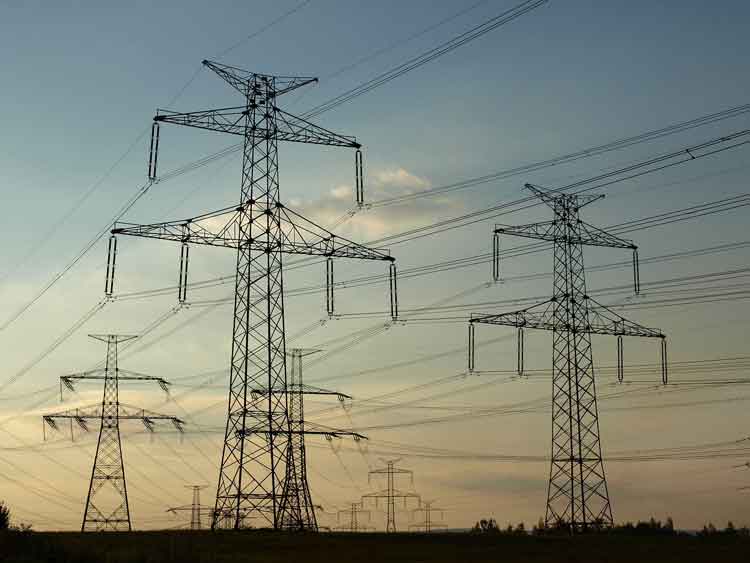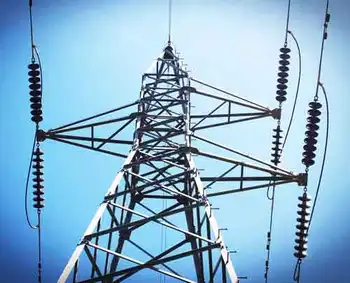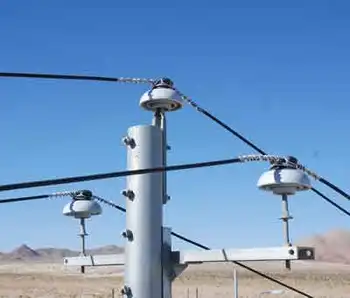Harnessing the power of ocean waves for energy
By International Herald Tribune
Protective Relay Training - Basic
Our customized live online or in‑person group training can be delivered to your staff at your location.

- Live Online
- 12 hours Instructor-led
- Group Training Available
Marine power is the newest form of zero-carbon energy, winning attention from investors and governments, with wave farms in development in countries including Portugal and Australia.
But the British Isles have become one of the prime locations to test machines that convert motion from the ocean into electricity. Across the country, pioneering companies and enthusiastic local authorities are heralding wave power as a way to add more renewable energy and to create hubs of innovation.
In northernmost Scotland, authorities are financing a testing center in the remote Orkney Islands and pouring millions of pounds into projects like the Pelamis. This device, made by a Scottish company, Pelamis Wave Power, resembles a giant sea snake. When the waves move, its various segments move too, driving a generator that produces electricity.
In Cornwall, on the southwestern tip of England, the regional authority is helping to finance an undersea cable that will connect the onshore grid to a large electrical "socket" on the seabed about 10 miles, or 16 kilometers, away.
When the socket is completed in 2009, four wave energy companies, including Pelamis, will each be leased an area of the sea to place their devices and connect them to the so-called Wave Hub. The initiative could end up generating 20 megawatts of clean energy, or enough to power 7,500 homes.
That would be a significant step for the technology at a time when analysts say that the only marine energy company in the world that is consistently selling electricity to a utility is on the Scottish island of Islay. There, a device operated by Wavegen, part of a joint venture operated by Siemens and Voight, generates enough power for about 300 homes from a device attached to rocks on the shoreline.
Marine power entrepreneurs say their technologies have a key advantage over offshore wind: aesthetics. Most marine devices rise just a few feet above the surface rather than 90 meters, or 300 feet, into the air, like the towers of some of the latest windmills.
"Governments are very much in favor of technologies that are less of an eyesore," said David Weaver, the chief executive of Oceanlinx, an Australian company that plans to connect its devices to the Cornish Wave Hub.
Many marine devices also are kinder to animals than windmills, Weaver said, because they do not have blades that threaten birds. Instead, devices like Weaver's use a partly submerged chamber that captures waves and compresses the air inside to drive an electricity-generating turbine.
"A dolphin could come up inside, happily lounge around and swim out again," Weaver said. There is opposition to marine power, mostly from surfers, worried that wave-harnessing devices in Cornwall will reduce the frequency and height of the waves lapping some of the country's finest beaches.
But the release this year of an independent study written by an oceanographer - and surfer - seems to have eased such concerns. The findings "suggested little or no impact on the surf," said Dave Foster, a spokesman for the British Surfing Association.
Even so, he called for "stringent monitoring of effects both before and after installation." One of the key remaining obstacles for marine power is finding even more money for development.
"The sector needs a big player, or big pockets, to accelerate its commercialization," said Tom Thorpe, who runs a marine power consultancy called Oxford Oceanics.
But the biggest impediment to marine power may be less building the devices than finding ways of keeping them going in ferocious conditions at sea.
Ken Bruder, executive director of New Energy Finance, a consultancy in London, said he saw significant potential in marine energy because of the relative predictability of ocean swells compared to wind, especially during times of the year when demand is highest.
But he warned that maintenance could be the sector's Achilles' heel, as had been the case for some companies installing offshore wind turbines.
Rather than competing with wind, Bruder said, marine power companies could end up sharing the same sites and platforms to save money on the costly and time-consuming business of making repairs.
"Wind and wave operators never know what tool they're going to need when something goes wrong out at sea, and all those boat trips become very expensive," Bruder said. "It stands to reason that wind and wave should collaborate."











